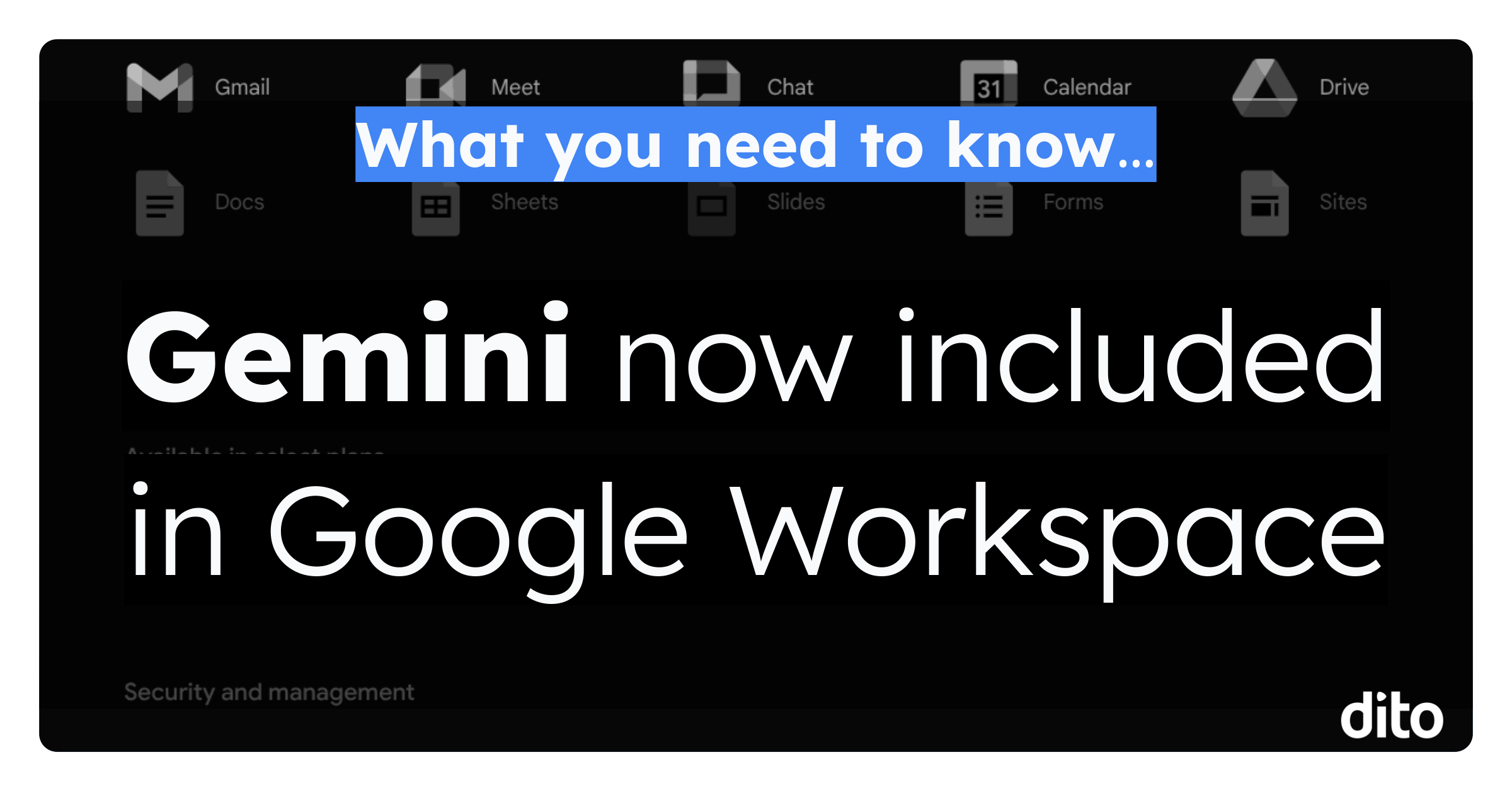Picture this scenario: a patient is presented to critical care with systemic infection after having his feeding tube replaced. The need for replacement arose after his operation, when staff administered two medications that negatively interacted and subsequently clogged the feeding tube. These medications were taken from a recently developed order set meant to support the hospital’s perioperative care.
When these internal medication ordering protocols were established in the hospital’s system, drafts of the order set specifications were distributed as document attachments via email, which in turn led to the wrong versions being reviewed by key individuals. Their review could have provided insight into these medication interactions that resulted in this patient’s medical error. In essence, a simple error and oversight on basic documents & internal collaboration led to a major complication for a patient.
So what are order sets?
Order sets enable healthcare entities to standardize patient care and minimize errors by enabling medication prescribers to select from a pre-evaluated list of medications and procedures[1]. To those who have never worked in a healthcare setting, think of order sets as intelligent pre-built shopping lists. They allow the prescriber to easily find multiple types of medication that have no known interactions for complex procedures.
Typical Order Set Development Workflow
Order set creation and modification begins from either a regulatory mandate, clinical guideline change, or patient safety initiative. In the majority of cases, there will be a project manager with extensive clinical experience who is in charge of coordinating meetings and drafting documents that capture a list of medications and procedures. After a series of reviews, either through meetings and email attachments, a final draft is approved. This approved version is provided to the health I.T. team that implement the order set in an electronic health system for the internal teams to use.
The Problem
The issue with the administrative workflow of order set development is not unique to healthcare.
Many organizations that rely heavily on the use of email to communicate and collaborate face three key problems:
- Email interfaces can be clunky & stacked, and while many tools exist to organize messages, time & energy is required to organize the information effectively.
- Email is siloed, requiring multiple attempts to coordinate who receives the needed messages and information.
- Email is multi-sourced – meaning that the original “source of truth” is copied to recipients through email chains, potentially leading to outdated versions being used for further communication and collaboration as shown in the scenario above.
These three problems only scale exponentially as the number of participants grows.
While common outside of the healthcare industry, these issues are particularly problematic in the patient care setting where accurate information is vital for patient safety and ensuring the proper processes for patient care have been undergone, which benefits the hospital from a legality point of view. In addition, using outdated email programs to communicate and collaborate on projects heavily taxes an already resource-constrained system.
The Solution
Google provides G Suite, a bundle of communication and collaboration services through mail, document, calendar and virtual meeting technologies. G Suite is a HIPAA-compliant[2] modern solution that can be necessary for healthcare entities to deliver safe and effective care in settings involved with growing resource challenges.
Looking back at the initial scenario, and the three problems addressed above, the following shows how G Suite can provide a solution to a vast array of issues:
To streamline the review of feeding tube compatibility in order sets, G Suite allows a single spreadsheet to be shared among several employees without the need to distribute updated versions. It’s important to note that a version history is maintained automatically, with updated changes that are tracked on a version-to-version basis. The sheet in question may be worked on simultaneously by all users without needing a user to lock or unlock the document.
Looking at the logistics, we can state that there are likely over 400 potential feeding tube incompatibilities & potential interactions. While collaborating on this document, further resources & documentation may be referenced in the original sheet by providing links to other supporting documents that are housed within an organization’s G Suite environment.
Unlike the potentially unsafe macros of spreadsheets that most users are familiar with, G Suite offers what is called AppScripts. When integrated, these AppScripts allow the order sets to be compared automatically against the feeding tube compatibility reference sheet. Any potential interactions or complications that are flagged based upon keywords related to the feeding tube route would then allow thousands of documents to be screened and isolated efficiently for further review.
Looking back at a lot of the common errors and problems that arise in not only the healthcare industry, but universally across the globe, more often than not, a simple solution is going to be the best practical way to resolve them. In this particular situation, an easy to use, streamlined way for internal teams to collaborate on documentation can have far-reaching effects. Implementing an efficient cloud-based collaboration & productivity tool can be one step that any business inside any vertical can take to help minimize potentially damaging problems.
View Damon’s LinkedIn & CV here.
References
- “Guidelines for Standard Order Sets.” Institute For Safe Medication Practices, 12 Jan. 2010, www.ismp.org/guidelines/standard-order-sets.
- “HIPAA Compliance with G Suite and Cloud Identity – G Suite Admin Help.” Google, Google, support.google.com/a/answer/3407054?hl=en.
Ready to get started with the Cloud and see what opportunities await your company?












